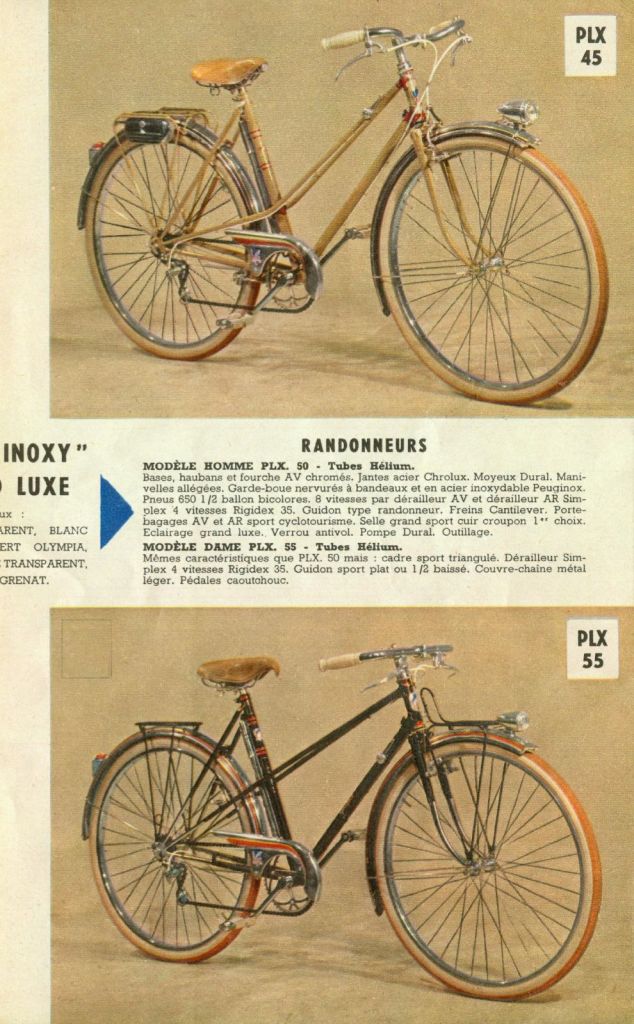(Featured photo from Hudson Reporter)
In my first post I said that I understand myself to be in a lineage of primarily urban cycling blogs. I also noted morosely that what seemed like a flourishing movement for “transportation cycling” faded away quietly toward the end of the 2010s. This is something confirmed by Shawn over at Urban Adventure League. What I’m doing here seems a bit anachronistic. The times have moved on.
I have often wondered about why it faded. Was it simply a matter of idealistic youth growing into adulthood? Did some of the figures get roadie-pilled and trade their baskets for Enve forks? I don’t pretend to know why with anything like scientific clarity. And yet I have a quiet sense that urban cycling got swallowed up in urbanism and its adulation for and unqualified trust in what I’m going to call, urbanist toys.
The toys were each a tool in a multi-pronged attack on car culture, we were told. Each Car2Go on a side street was one less car on the road. Because adding cars makes others go away. Likewise each e-Scooter blocking a sidewalk was yet another car not on the road. Just as private fleets of self-driving cars were going to replace single occupancy vehicles and even public transit, so also every bike share program was going to put an additional nail in the coffin of auto-dependency.
But Car2Go has left every US city. Several scooter companies went under in the pandemic, and those that are still around still annoy the hell out of me. I’ve cleared three scooters parked overnight in bike lanes just this week on my rides into work. And I fear the most recent praise for ebikes-as-social-program is but the newest phase in this love of toys.
The coincidence of the rise of toys and fall of transportation bike culture may be a mere correlation. I know my basic logical fallacies. But if I cannot demonstrate a causal relationship, I can at least see where trends coalesced.
If there is a future for “transportation cycling” in the US it will only come through the physical reordering of space; the redesign of our built infrastructure, and not by private consumer toys. As far as what our cities should look like, the goal should be to do a Paris: Rapidly and systematically invest in infra changes.

But there is something else I think “transportation cycling” should happily embrace, and this is the wide tire or all-road bike revolution. In the time since the mid 2010s it has finally become accepted wisdom that when the tire is supple, wider is the way to go. Various flavors of adventure cycling have grown in popularity and there is no reason why a well-designed “urban bike” can’t be perfectly capable of “bikepacking” or of “gravel riding.” The things that make for a good “commuting” bike are pretty much what make for a good touring rig. Which is why I think we can safely leave behind “transportation, commuting,” and even “urban” categories, at least with respect to the kinds of bikes we promote and adopt. It’s why I have used the term “complete bike.” I love a good Oma fiets as much now as I did in 2015, my Rivendell Clem is nearly a variation on one, but in addition to those historic machines we might gain traction by not only emphasizing the merely functional. Let us tap into the exploratory as well.


Leave a comment